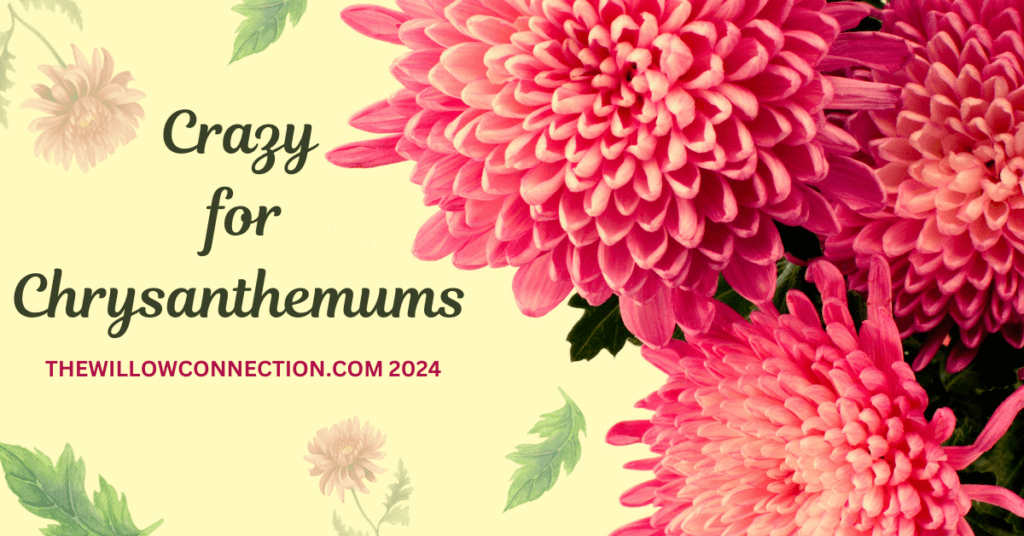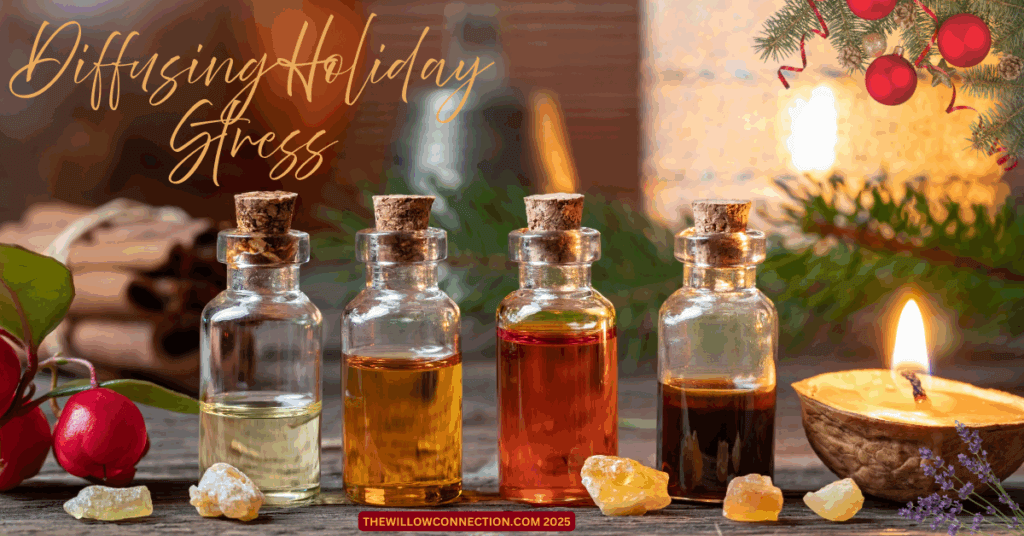Chrysanthemum: A Flower with a Rich History
Chrysanthemums belong to the Asteraceae family, also known as the daisy family.
The chrysanthemum, with its vibrant hues and enduring bloom, is a tell-tale sign that summer is over, and autumn is upon us. This remarkable beauty has been revered for its medicinal properties and spiritual significance in varying cultures around the world for many centuries.
A Storied Past
Originating in East Asia, the chrysanthemum’s history is woven into Chinese culture. The Chinese believed in the flower’s life-giving properties to prolong life, and the Japanese recognized it as an emblem of the imperial family.
Medicinal Marvel
Throughout history, the chrysanthemum has been valued for its potential health benefits. Chrysanthemums have anti-inflammatory and antioxidant properties. Some studies suggest it can support cardiovascular health and improve vision. The Chinese use this plant to support healthy liver function. With its calming properties, chrysanthemum tea can help reduce stress and anxiety.
Spiritual Significance
The chrysanthemum has spiritual connotations across varied cultures. Eastern philosophies such as Confucianism and Taoism believe it represents longevity, optimism, and joy. While Buddhism associates the flower with purity and detachment.
In Western spiritual traditions, chrysanthemums are often used for protection and to enhance clarity, dreams, and focus via meditation, prayer or ritualistic practices. Chrysanthemums are also linked to the autumn equinox, symbolizing balance and transition.
Spiritual Uses of Chrysanthemum
Chrysanthemums are marveled for their vibrant colors and enduring bloom and are often front and center in autumn displays and decorations. In addition, these stunning flowers are also associated with spiritual practices and folklore. They are symbolic of:
- Longevity and vitality
- Autum’s harvest: balance and gratitude
- Love, optimism, and joy
- Dreamwork
- Clarity, focus, and protection
- Ceremonial offerings to ancestors
Brewing Chrysanthemum Tea
This tea has a unique flavor profile that can be described as floral, sweet, and earthy.
Ingredients:
- Dried or fresh chrysanthemum flowers or petals
- Hot water
Instructions:
- Boil water: Bring water to a boil in a teapot or infuser. Allow it to cool slightly to avoid scalding the delicate flowers or petals.
- Prepare the teapot: Place 1 tablespoon of dried or 2 tablespoons of fresh chrysanthemum flowers into your teapot or infuser.
- Steep: Pour the hot water over the flowers. Let it steep for 3-5 minutes, or to your desired taste. The longer you steep, the stronger the flavor.
- Strain: Pour the tea into your mug, using a strainer to catch any loose petals.
- Sweeten (optional): Add honey, sugar, or a sugar substitute to taste.
Tips:
- For a stronger flavor, use more chrysanthemum flowers or experiment using other herbs to create a unique flavor profile such as lemon balm, chamomile, mint, or lavender.
- Chrysanthemum tea can be enjoyed hot or cold.
- Add ice, club soda, or seltzer for a sparkling version iced tea
- Chrysanthemums are caffeine-free
Whether admired for their beauty, cherished for its edible and medicinal properties, or honored for its spiritual significance, this remarkable flower has a rich history in cultures all over the world.





